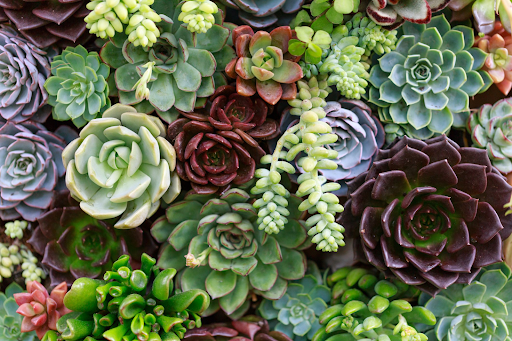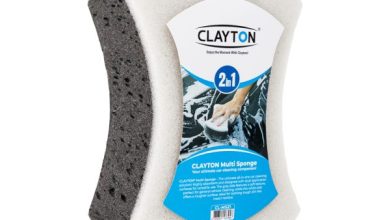Ferns and Succulents: Indoor Gardening Delights in Australia

Amidst Australia’s vibrant landscapes and diverse climate, cultivating ferns and succulents indoors has become a cherished pastime for many nature enthusiasts and homeowners alike. Whether you’re an experienced gardener looking to expand your green oasis or a beginner seeking to infuse your living space with natural beauty, ferns and succulents offer a plethora of possibilities for creating an enchanting indoor garden. In this blog, we embark on a journey to explore the allure of indoor gardening with ferns like kangaroo paw and succulents, discovering the unique charm they bring to any Australian home.
Best Ferns for Indoor Gardening in Australia
Maidenhair Fern (Adiantum spp.): Known for its delicate, lacy fronds, it is a popular indoor gardening choice. It prefers bright, indirect light and thrives in the humid conditions often found in Australian homes.
Bird’s Nest Fern (Asplenium nidus): This unique fern has broad, wavy fronds that resemble a bird’s nest, making it an eye-catching addition to any indoor garden. It can tolerate lower light levels and is relatively low maintenance.
Kangaroo Paw Fern (Microsorum diversifolium): With its unique, kangaroo paw-shaped fronds, this fern adds a touch of whimsy to indoor spaces. It does well in medium to bright light and requires moderate watering.
Ideal Succulents for Indoor Spaces in Australia
Zebra Plant (Haworthia attenuata): The Zebra Plant’s striking white stripes on dark green leaves make it a standout choice for indoor gardening. It does well in soil that drains well and in bright, indirect light.
Echeveria spp.: With their rosette-shaped leaves in various colours, Echeverias are beloved succulents in Australia. These drought-tolerant plants require bright sunlight and well-draining soil to flourish indoors.
A string of Pearls (Senecio rowleyanus): This unique succulent has trailing stems adorned with small, bead-like leaves resembling pearls. Perfect for hanging planters, it prefers bright light and infrequent watering.
Indoor Gardening Tips for Ferns and Succulents
Light: Place your ferns and succulents near windows with filtered sunlight or bright indirect light. The fragile leaves will be damaged if they are exposed to direct, harsh sunlight.
Watering: A typical indoor gardening faux pas is overwatering. Allow the soil to dry out between waterings, as both ferns and succulents prefer well-draining soil and can suffer from root rot if overwatered.
Humidity: Ferns thrive in humid conditions, so consider using a humidifier or placing a water-filled tray near your ferns to maintain adequate moisture levels.
Potting Mix: Use a well-draining potting mix specifically formulated for ferns and succulents. This ensures proper aeration and prevents waterlogged soil.
Fertilisation: Feed your ferns and succulents with a balanced liquid fertiliser during their active growing season (usually spring and summer). Follow the manufacturer’s instructions for dosage and frequency.
Decorating with Ferns and Succulents
The versatility of ferns and succulents allows for creative indoor plant displays. Consider using hanging planters to showcase cascading varieties like the Boston Fern or the String of Pearls. Wall-mounted shelves or vertical gardens can also create stunning living artwork using an array of ferns and succulents.
Place a collection of potted succulents on a windowsill or a sleek shelf for a minimalist look. Combine different succulent varieties with varying colours, sizes, and textures to add visual interest to your indoor space.
Alternatively, create a beautiful terrarium or a miniature fern garden in a glass container. Terrariums are self-contained ecosystems that require minimal care and can be a fascinating focal point in any room.
The Bottom Line
Indoor gardening with ferns and succulents is an enriching experience that allows you to bring the beauty of the outdoors into your living space. Follow the provided tips and choose the best ferns, including the kangaroo paw and succulents, for your indoor space, and you’ll be rewarded with a flourishing and visually appealing indoor garden that enhances your living environment and your well-being.



